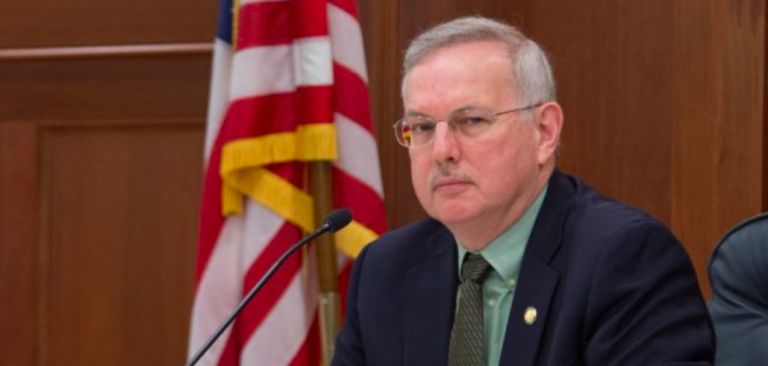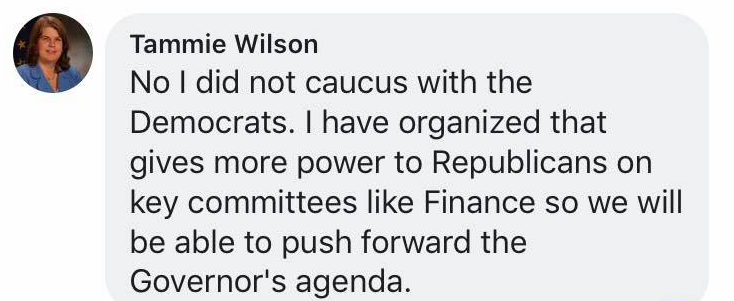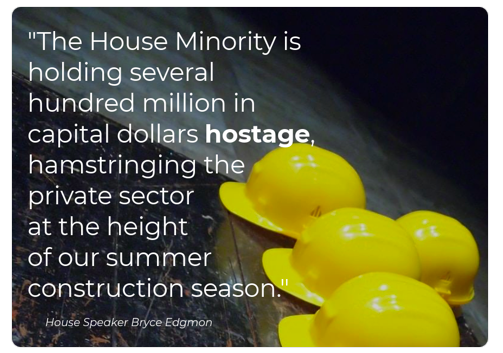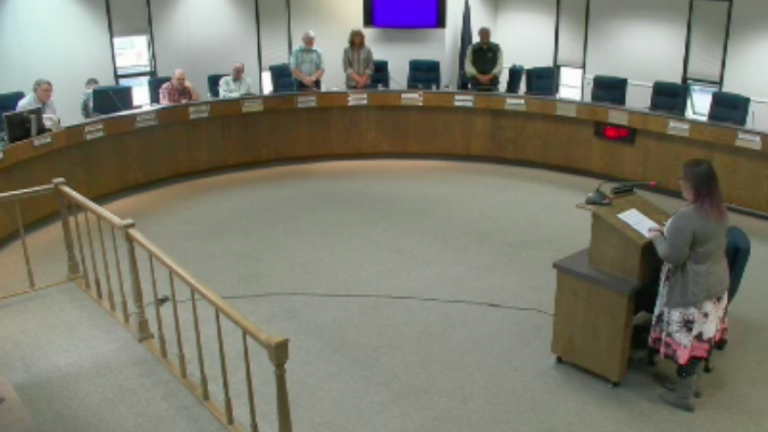PRODUCED BY KOBE RIZK
The MRAK Almanac is your place for political, cultural, and civic events, events where you’ll meet political leaders or, if you are interested in getting to know your state, these are great places to meet conservative- and moderate-leaning Alaskans.
Denali Climbing Report:
As of yesterday evening, there have now been a total of 449 successful summits of Denali this season, up over 200 since this time last week. We can tell the climbing window is beginning to close, as 350 climbers are currently on the mountain. It’s the lowest number of in-progress climbs since the May 17 report by the National Park Service.
6/19: Eaglexit meeting and presentation at the Eagle River Lion’s Club, beginning at 7 pm. Come to learn more about Eagle River’s pitch to separate from the Municipality of Anchorage, and potential plans for a new local government. Bring a neighbor or two.
6/19: The University of Alaska Board of Regents will hold a special meeting in Fairbanks for an update on the FY20 operating budget and how it is set to impact the university, should it be signed by Governor Dunleavy. Begins at 9 am, read the full agenda here.
6/19: June edition of Coffee with a Cop in Anchorage. This monthly event is sponsored by Anchorage Cops for Community and the Anchorage Police Department Employees Association. Come enjoy free treats, coffee, and good conversation with our great local law enforcement officers. Facebook event here.
6/19: Chugiak-Eagle River Chamber of Commerce lunch with UAA Chancellor Cathy Sandeen. Registration required, details here.
6/19: Alaska Bikers Advocating Training and Education (ABATE) general membership meeting at La Cabaña restaurant in Anchorage, starts at 7 pm. More info on the Alaska Harley-Davidson website here.
6/19: The Federal Subsistence Management Program has released their weekly Alaska Fisheries Update. Read it here.
6/19: Need to brush up on your Alaska wildlife track ID’s? Alaska Department of Fish and Game education specialist Mike Taras will be giving a free lecture on animal track and sign identification in the Murie Building Auditorium at UAF beginning at 7 pm.
6/19: Juneau Assembly meeting as “Human Resources Committee” to consider applicants for the Eaglecrest Board of Directors, 5:30 pm, City Hall.
6/19: Homer City Council meeting, including executive session on agenda. City Hall at 4 pm. Agenda is here.
6/19: Kenai City Council, Kenai City Council Chambers at 6 pm. Agenda is here.
6/20: Fairbanks’ Alaska Goldpanners baseball team is celebrating their 60th season of summer baseball this June. The first of their three-game stint against the Seattle Studs this week will begin at the Growden Fields at 7 pm—and don’t forget about the annual Midnight Sun Game on Friday night. No artificial light will be required. See the Goldpanners’ schedule here.
6/20: Interested in joining the Department of Corrections? The Alaska DOC will hold an informational recruiting workshop at the Mat-Su Job Center in Wasilla beginning at 1 pm. Read more here.
6/20: Ketchikan City Assembly meeting. Discussion of plastic bag ban ordinance. Discussion of Ward Cove cruise ship dock development. 7 pm. Agenda is here.
6/20: The Alaska Board of Agriculture and Conservation will hold a regular public meeting in Palmer at 8:30 am. The board is set to review several new loan applications and discuss ongoing delinquencies. Further details here.
6/20: The Alaska Gasline Development Corporation will hold a regular board meeting beginning at 9 am at the Atwood Building in Anchorage. There will be an opportunity for public participation, and citizens unable to attend in Anchorage may participate via telephone. Further details here.
6/20: The Anchorage Enterprise and Utility Oversight Committee will meet at City Hall at 11 am. They’ll be discussing this item: ASCENT PGM/Northern Compass (Mark Begich) Contract. Read the agenda here.
6/20: Block Party hosted by the Downtown Association of Fairbanks. Gather along the banks of the Chena River and enjoy the many vendors and food options available in downtown Fairbanks while enjoying live music and lots of family fun. More information here.
6/20: The Alaska Division of Retirement and Benefits will host an AlaskaCare Town Hall meeting. This is a good opportunity for Alaskan retirees to share their thoughts and questions about their AlaskaCare health plans. Division staff will be on hand to answer questions and give detailed responses to comments and concerns presented. All retirees and dependents are invited to attend, but registration is required at least an hour in advance. Read more here.
6/20: The Petroleum Club of Anchorage will host their Summer Rides Car Show & BBQ, with the latter being available for $10 a plate. This event is open to both members and non-members of the Petroleum Club. Read more at the Facebook link here.
6/20-6/23: The International Food Bloggers Conference will take place in Alaska’s capital city of Juneau. Over 250 food bloggers, techies, and culinary enthusiasts of all stripes will assemble at this unique gustatory gathering. Read about the conference here.
6/21: Summer Solstice is at 7:54 am to be exact. But expect all kinds of festivities in Alaska, where it is a high holy day.
Alaska History Archive:
June 19, 1865 – 154 years ago: Union soldiers, led by General Gordon Granger, arrived in Texas to share news that the civil war had officially ended in the union’s favor, and that all remaining slaves were officially free. The symbolic move represented a decisive end to slavery in the United States, as Texas was the last remaining state to preserve the practice after President Lincoln’s Emancipation Proclamation in 1863. The commemoration of this event became known as Juneteenth Day, and all but five states recognize it as an official holiday. Alaska Governor Mike Dunleavy issued a proclamation in celebration of the day last week. Read it here.
June 20, 1977 – 42 years ago: Oil began flowing through the Trans-Alaska Pipeline for the first time. The well-known steel pipeline carries Alaska’s economic lifeblood through 800 miles of rugged Alaskan wilderness, and remains to this a day a striking example of human achievement and engineering. The 48-inch diameter pipe weaves around mountains, cuts through rivers, and crosses three mountain ranges on its journey from Prudhoe Bay to Valdez. The first oil to be sent via pipeline from Prudhoe Bay took 38 days to arrive in Valdez, and traveled at an average speed of 4 miles per hour.










